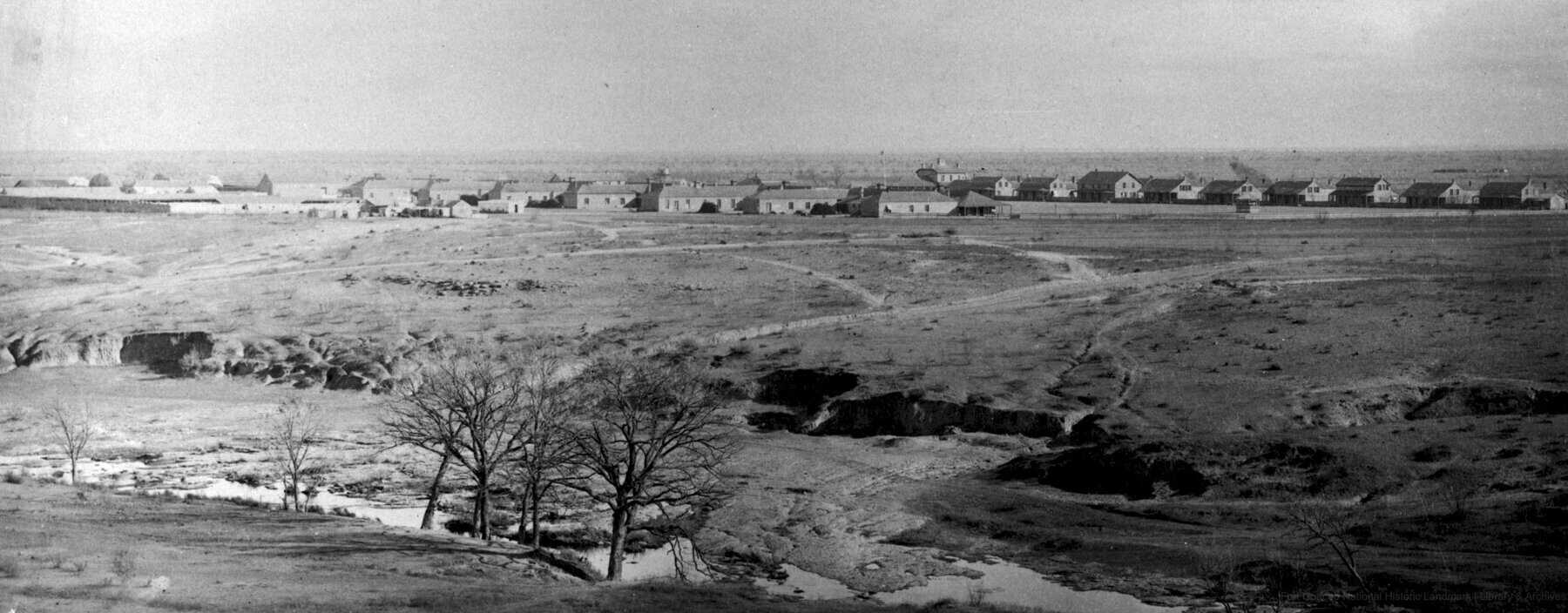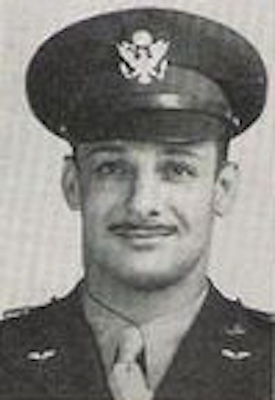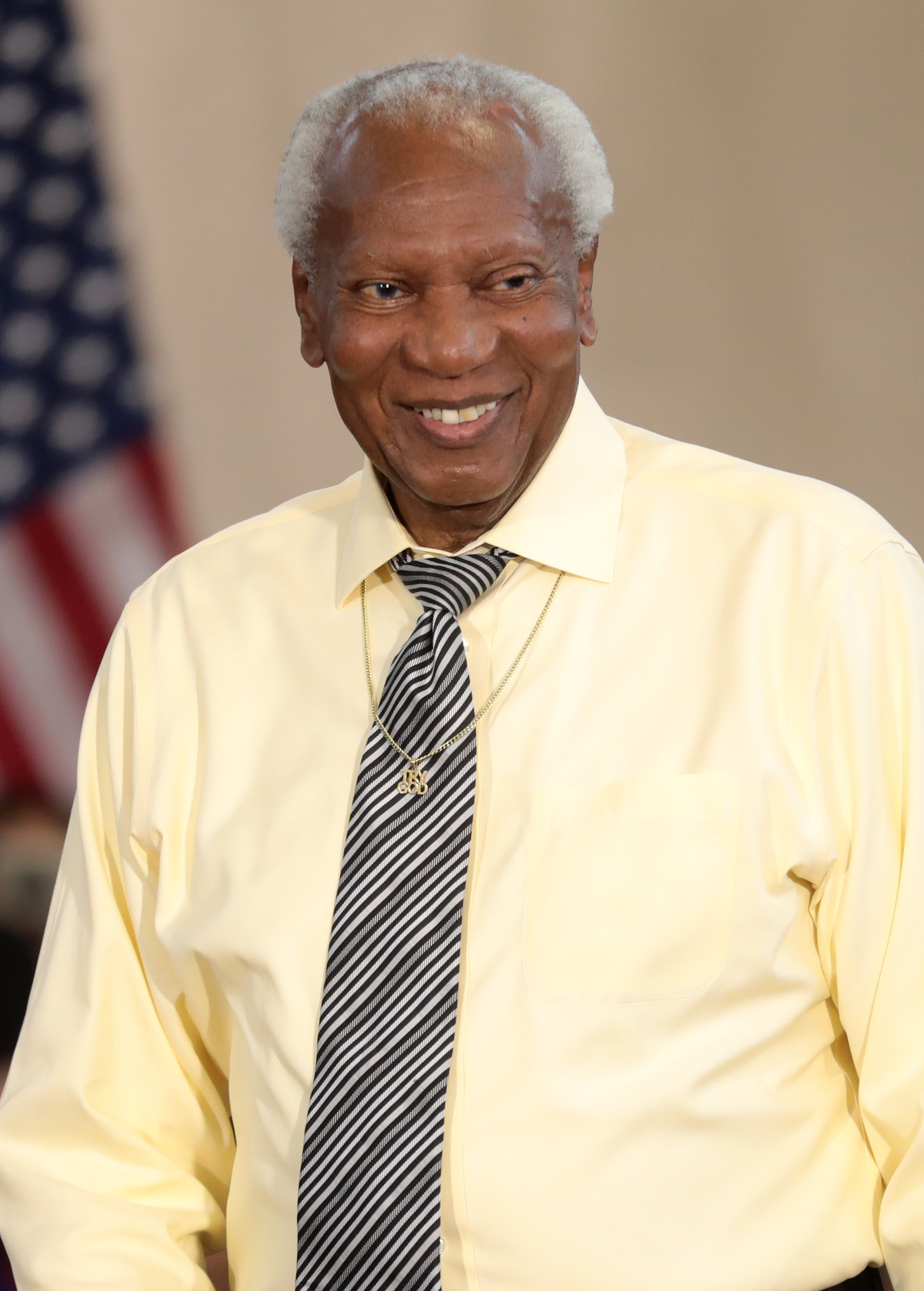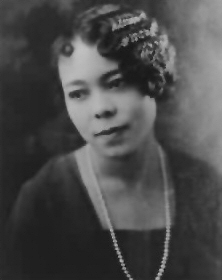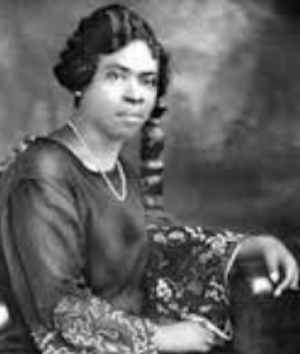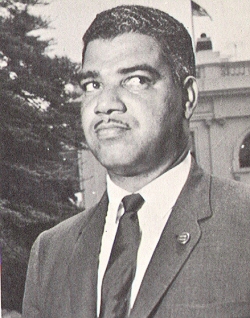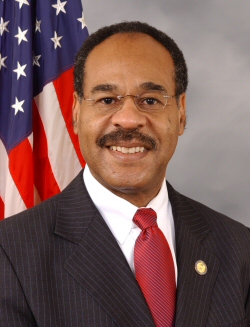An active Texas frontier Army post between 1867 and 1889, Fort Concho at various times posted units from the Ninth and Tenth Cavalry Regiments and the Twenty-Fourth and Twenty-Fifth Infantry Regiments, outfits commonly identified today as Buffalo Soldiers.
Established in 1867 near the convergence of the Main and North Concho Rivers in contemporary San Angelo, Texas, the fort was surrounded, as an early Army report noted, by “a flat, treeless, dreary prairie.” Despite its bleak setting, the post and its forty permanent limestone buildings would later be described by one officer “as one of the most beautiful and best ordered posts on the Texas border” with an ample 500- by 1,000-foot parade ground, elegant officer’s quarters and handsome soldier barracks.
The fort’s commanding officers during its tenure included William R. Shafter, Ranald S. Mackenzie and Benjamin H. Grierson. Another officer of note to serve at Fort Concho was Henry O. Flipper, the first Black graduate of the United States Military Academy in 1877. That fall Flipper was appointed to Troop A of the Tenth Cavalry, becoming the first nonwhite officer to lead Buffalo Soldiers on the frontier.
Fort Concho served as the regimental headquarters of the Tenth Cavalry from 1875 to 1882. Various companies of the Ninth Cavalry, Twenty-fourth and Twenty-fifth Infantry also were stationed at Fort Concho, where many of its soldiers fought in Mackenzie’s campaign against the Comanche in 1872, the 1874 Red River War, and the 1879-1880 Victorio campaign. In addition to their military campaigns, the Buffalo Soldiers also handled garrison duties, built roads, installed telegraph lines, mapped significant sections of West Texas, and escorted railroad survey parties and overland mail stagecoaches.
Post-Civil War animosities between San Angelo citizens and the Buffalo Soldiers across the river at Fort Concho sometimes flared up in violence. In 1878 local cowhands and buffalo hide hunters stripped the sergeant stripes from a Black soldier, drawing retaliation from his comrades who stormed the saloon and killed one of the hunters. In 1881 an unarmed Tenth Cavalry private was shot and killed in another saloon incident. Though the killer was indicted for murder, the case was transferred to Austin where a quick trial acquitted the Anglo shooter.
Recalling those days, Edward “Sancho” Mazique (variously spelled Mozique), who served with the Tenth Cavalry at Fort Concho from 1875 to 1880 when his enlistment expired, remembered decades later, “The Indians were not half as bad as the cowboys. Those cowboys caused more shooting and trouble than we ever had with the Indians.”
After retiring from the Army, Mazique settled in San Angelo. Except for four years when he did itinerant work in Dallas, San Antonio and Houston, Mazique spent all but those four of his remaining years in San Angelo. When Mazique died in 1951 at the age of 101, he was believed to be the oldest resident of the community and the last of the Buffalo Soldiers to have served in the Tenth Cavalry at Fort Concho.
Today Fort Concho is a National Historic Landmark maintained and operated by the City of San Angelo.

